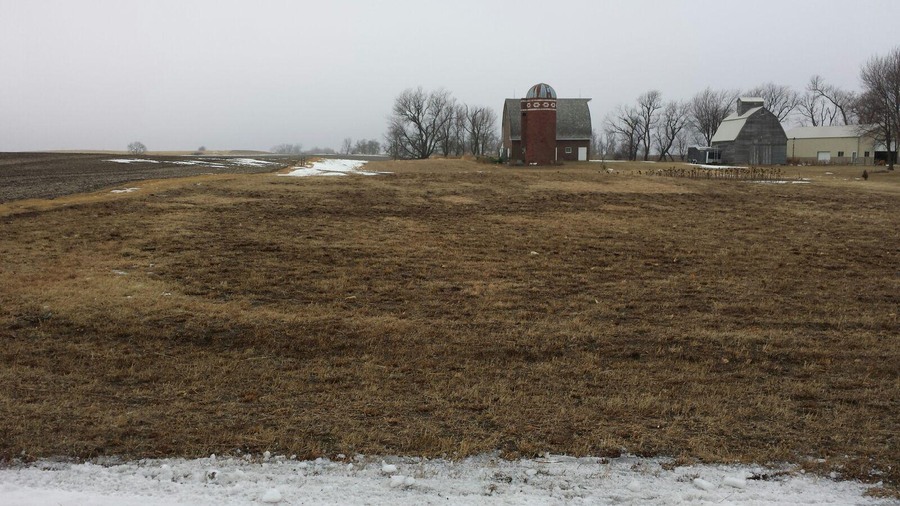reddog
Well-known member
My WSG prairies are virtually thistle free now and have been for a couple years now. I would like to reintroduce forbs into my plots. I hayed the tall grass this summer and it's relatively short now. I left my short grass prairie stand because there was a pretty good amount of forbs growing there on their own. (Compass plants, cup plants, purple and white prairie clovers ,cream and white wild indigo and a few pale prairie coneflowers)
I'm leaning towards a late fall burn and then a frost seeding,
Next year, should I plan on mowing to give the forbs the best chance at germination? I understand that without sunlight, there is little germination.
I'm hesitant to just sow seeds onto the existing stand without any way to guarantee ground contact.
Anyone care to comment..
I'm leaning towards a late fall burn and then a frost seeding,
Next year, should I plan on mowing to give the forbs the best chance at germination? I understand that without sunlight, there is little germination.
I'm hesitant to just sow seeds onto the existing stand without any way to guarantee ground contact.
Anyone care to comment..













